Points of interest
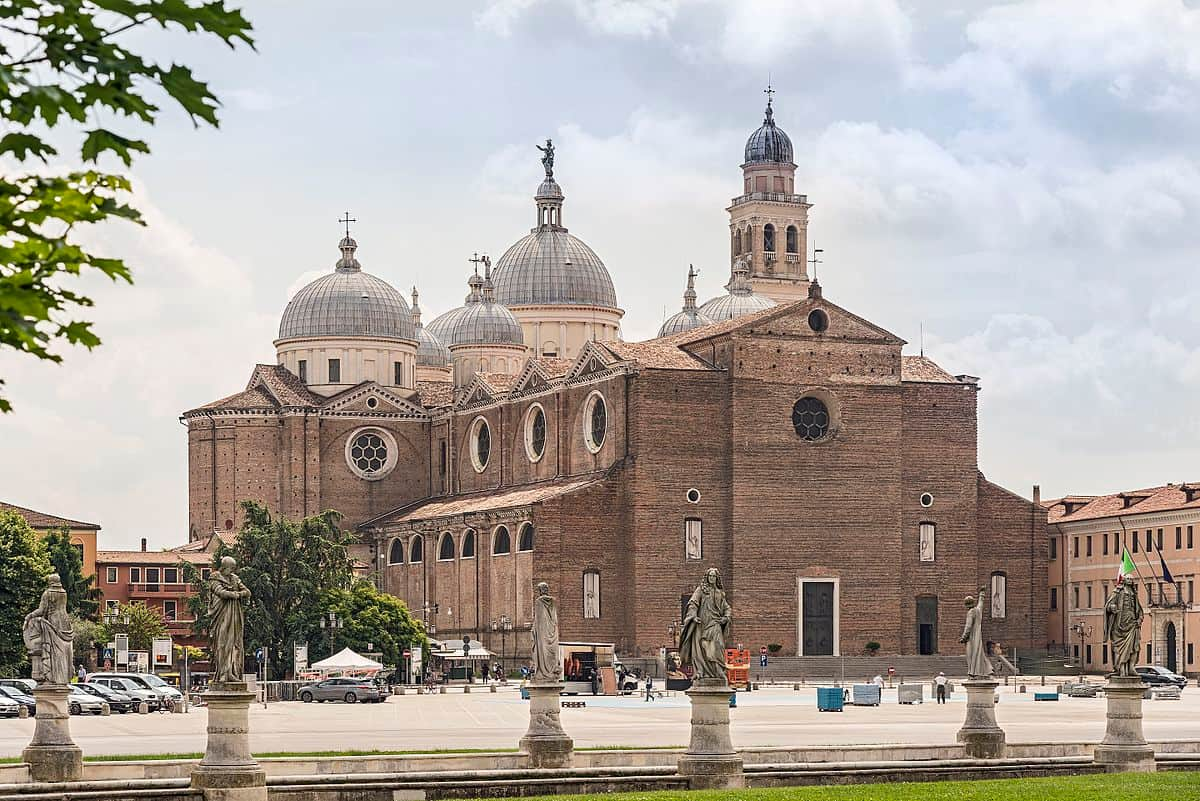
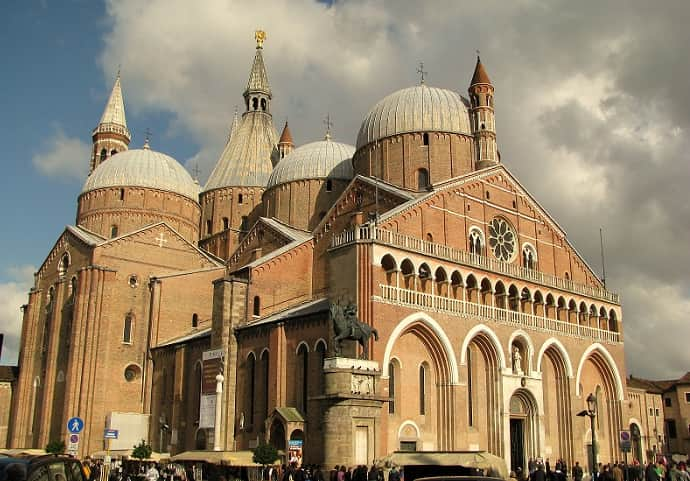

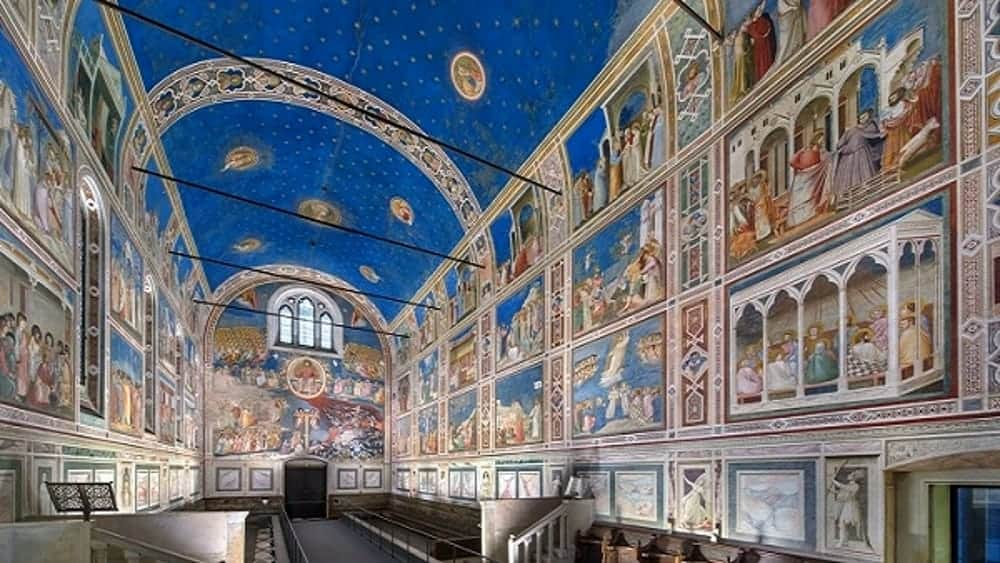
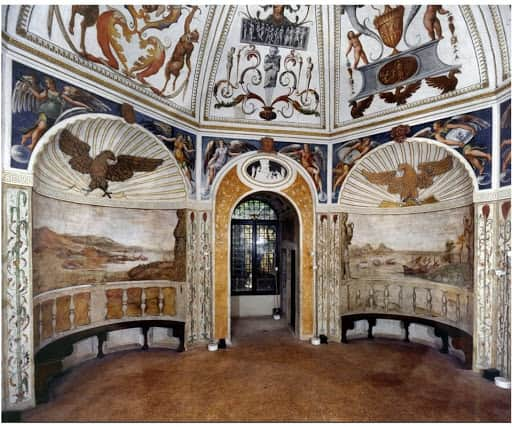

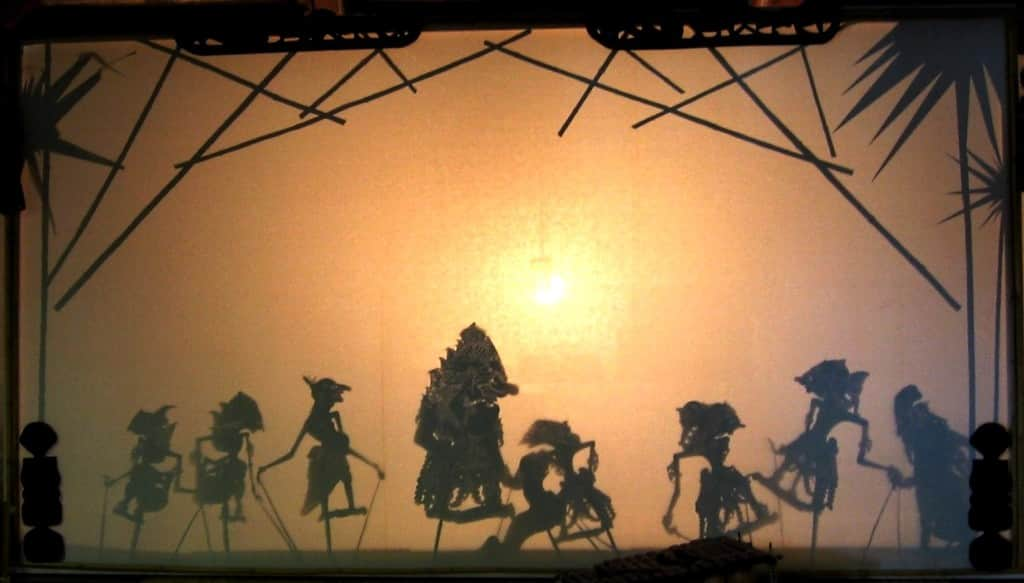
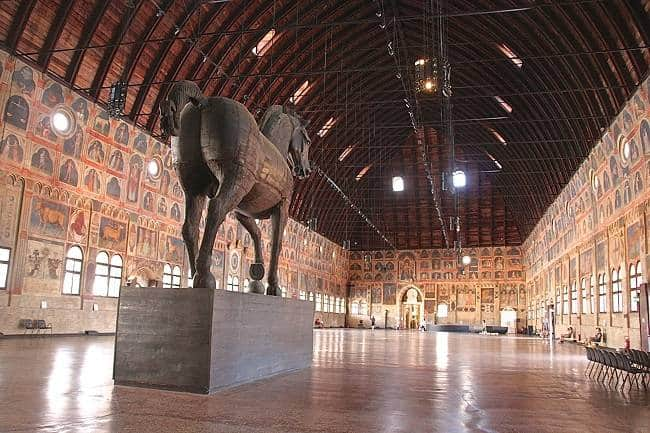

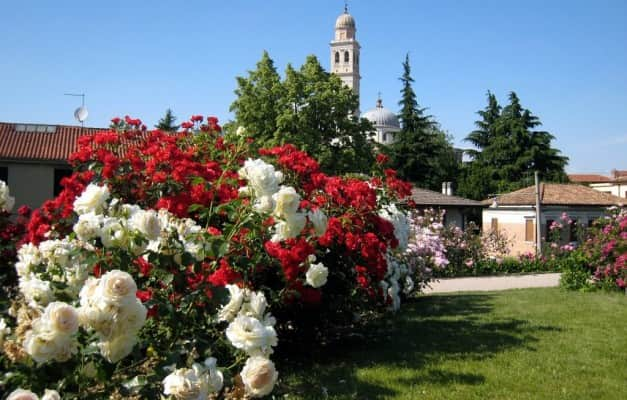
Prato della Valle
One of the largest squares in the world (88,620 m2), the current configuration dates back to the end of the 18th century and is characterized by a central elliptical island, called "Isola Memmia" (approximately 20,000 m²), surrounded by a canal (fed by the Alicorno canal ) on whose banks there is a double ring of statues, with an external circumference of 1,450 meters.
Basilica of Sant'Antonio
The Pontifical Minor Basilica of Sant'Antonio di Padova is one of the main Catholic places of worship in the city of Padua, in Veneto.
Known by the Padovans simply as the Saint, it is one of the largest churches in the world and is visited annually by over 6.5 million pilgrims, making it one of the most revered shrines in the Christian world. However, it is not the city's cathedral, a title that belongs to the cathedral. In it are kept the relics of Saint Anthony of Padua and his tomb.
Basilica of Santa Giustina
The abbey basilica of Santa Giustina is an important Catholic place of worship in Padua, located in Prato della Valle.
Before the year 1000 the annexed monastery was a place of worship from the first episcopal dependence and then entrusted to a community of Benedictine monks who made it an important abbey. In the fifteenth century it was the seat of the great reform of the abbot Ludovico Barbo which led to the foundation of the Cassinese Congregation. Until the Napoleonic suppressions it was one of the major abbeys of Christianity and the basilica, rebuilt in the 16th century, is still one of the largest buildings in the world. The whole complex is owned by the Italian state.
Inside, in addition to the famous works of Paolo Veronese, Luca Giordano, Sebastiano Ricci and the Corbarelli family, the famous relics of the Innocenti saints, Saint Luke the Evangelist, Saint Matthias apostle, Saint Prosdocimus, Saint Felicita [not clear], Saint Giuliano, Sant'Urio, blessed Arnaldo da Limena, San Massimo and the saint titular, Giustina.
Botanical Garden
The botanical garden of Padua was founded in 1545 and is the oldest botanical garden in the world still in its original location. Located in an area of about 2.2 hectares, it has been a UNESCO World Heritage Site since 1997.
In October 2014, the new wing of the botanical garden, called "Biodiversity Garden", was inaugurated.
Loggia Cornaro
The Loggia e Odeo Cornaro is an architectural complex built by Alvise Cornaro in Padua in the first half of the 16th century.
The Loggia was born as a consequence of the humanistic interest in the ancient theater. The works of Angelo Beolco, known as Ruzante, who was the superintendent and trusted man of Alvise Cornaro, were represented there.
Pedrocchi coffee
Caffè Pedrocchi, located in the center of Padua, in via VIII Febbraio nº 15, is a historic coffee of international fame. Open day and night until 1916 and therefore also known as the "Café without doors", for over a century it has been a prestigious meeting place frequented by intellectuals, students, academics and politicians. On February 8, 1848, the wounding of a university student inside the club gave way to the Italian Risorgimento movements; even today the episode is remembered in the official university hymn, Di canti di gioia.
Palazzo della Ragione
The Palazzo della Ragione (also called Salone, for synecdoche) was the ancient seat of the city courts of Padua. It was built in 1218 and raised in 1306 by Giovanni degli Eremitani who gave it the characteristic hull-shaped cover of an overturned ship. The upper floor is occupied by the largest hanging room in the world, called "Salone" (measuring 81 meters by 27 and has a height of 27 meters) with a wooden ship-hull ceiling. It is part of the Palazzo Comunale in Padua.
Scrovegni chapel
The Scrovegni Chapel is a Catholic place of worship located in the historic center of Padua and houses a famous cycle of Giotto frescoes from the early 14th century, considered one of the masterpieces of Western art. The nave is 20.88 m long, 8.41 m wide, 12.65 m high; the apsidal area consists of a first part with a square plan, 4.49 m deep and 4.31 m wide, and a subsequent, five-sided polygonal shape, 2.57 m deep and covered by five ribbed claws. Since 2006 the Scrovegni Chapel has been nominated to become the second UNESCO site of Padua (the first is the 16th century botanical garden).
Precinema Museum
The Precinema Museum is located in Prato della Valle in Padua. The museum was created in 1998 and exhibits the Minici Zotti Collection, in collaboration with the Municipality of Padua. It also offers interactive itinerant exhibitions and lends objects to prestigious exhibitions, such as for the exhibition 'Lanterne magique et film peint' at the Cinémathèque française in Paris and at the Cinema Museum in Turin.
Rose garden of Santa Giustina
This corner of beauty and tranquility develops close to the sixteenth-century walls, a stone's throw from Prato della Valle, where you can learn all there is to know about roses, immersed in an atmosphere of times gone by.
Each color has its own meaning, and considering that there are approximately 150 different species, giving a rose is an elegant gesture that is good for any occasion. It is certainly not easy to get to know them and recognize them all, discover their various scents and textures, stories and legends associated with them. To fully enter this fragrant universe, immersing yourself in nature and in an atmosphere that cannot be more romantic, the advice is to go to Padua where, at the height of number 65 of Via Michele Sanmicheli, there is the delicious rose garden. municipal inaugurated in 2008.
And just as the rosebud is a symbol of revealed secrets, it opens up only to those who know how to look for this little corner of paradise born along the bastion of Santa Giustina and almost hidden from the city, protected from the chaos and smog that seem so here away. Unknown to most, although reported among the ten Paduan public gardens that certainly deserve a visit, the rose garden was designed as a didactic path that on the one hand accompanies the visitor along a sensorial experience of approach to flowers, on the other it deepens evolution highlighting the differences between ancient and modern roses; along the way it is also possible to discover the ten most important roses in the American ranking and those dedicated to famous people linked to Veneto such as Rosa Beatrice d'Este or Rosa di Sant'Antonio.
The garden is open only in the months of rose flowering, therefore from April to July and again from September to October. Admission is free, and for the month of June it is possible from 9 to 12 and from 16 to 19.
